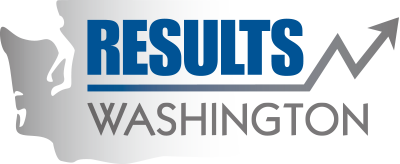Archived: Average concentration of copper in brakes sold
Washington State’s Better Brakes Law was the first law in the country to regulate automobile brakes to limit their environmental impact. Since its adoption, the law has served as a model for a national agreement, between the U.S. Environmental Protection Agency and brake manufactures, to phase copper out of brake pads by 2025.
Better Brakes is also an important example of the impact removing toxic chemicals from everyday products can have. While many environmental regulations focus on industrial wastewater or air pollution, toxic chemicals coming from ordinary products are now one of the largest sources of pollution. Reformulating products to eliminate the use of toxic chemicals is one of the most effective methods to prevent future contamination and environmental damage.
Early indications show significant progress and this metric is on target. Most manufacturers are now producing and selling low copper, or copper-free brakes, and copper-free brakes are now available for most passenger vehicles.
Overseeing Brake Certification Process – Manufacturers from around the globe are submitting certified testing results and other documentation, which is then reviewed by Ecology.
Monitoring Products For Compliance – Efforts include testing products for prohibited chemicals, developing testing protocols for various products and chemicals, and creating uniform policies and procedures for enforcing product-related laws.
Product Testing Database – The public can find results of Ecology’s product testing program,including data on brake friction materials, through this database.
- Next time you replace your car’s brakes, ask for no or low copper brakes.
- While your car is in the shop have it checked for drips and leaks, which will not only reduce stormwater pollution, but reduce your future car repair bills.
